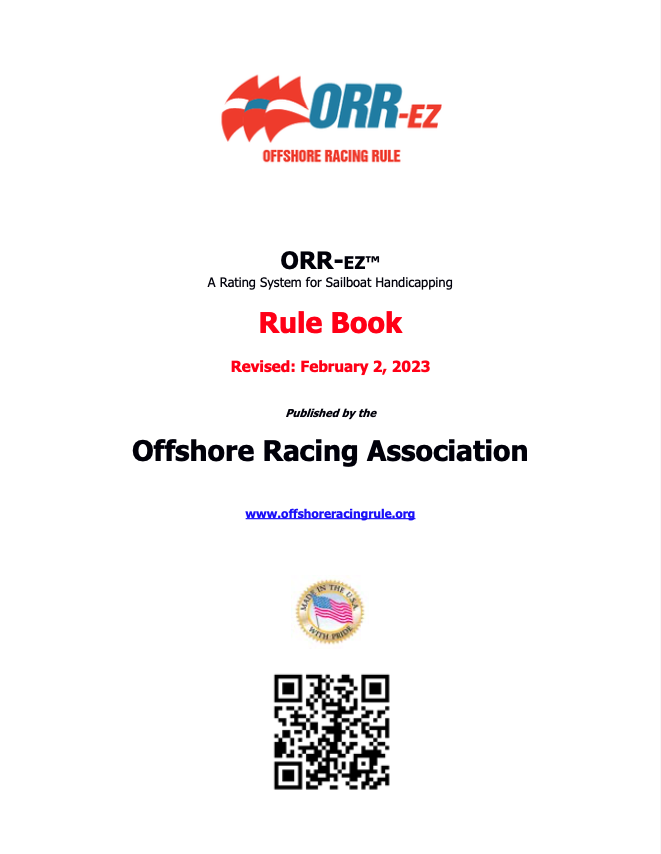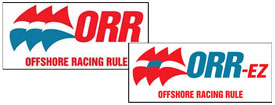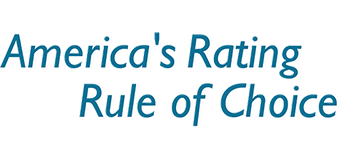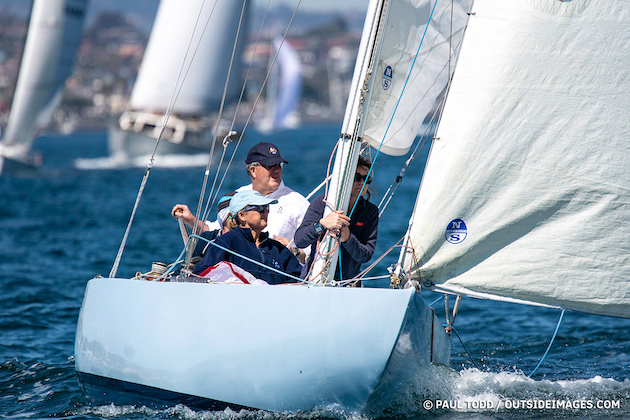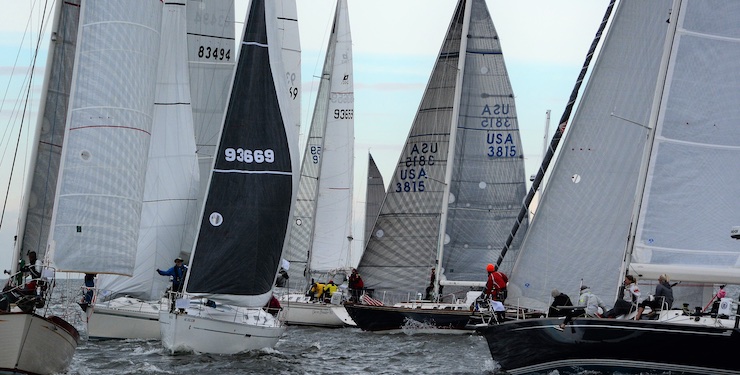In 2021, the ORA aims to keep putting more boats on the line with its growing team of race-management experts, proprietary data-checking software, and new rating products.
The Offshore Racing Association (ORA) has used the self-isolating year of the Covid-19 pandemic to enhance its software to be able to efficiently review and correct accumulated errors, large and small, in the sailboat-measurement database that it uses jointly with US Sailing. The result is more accurate ORR and ORR-Ez certificates. The growth of ORR-Ez along the Gulf Coast, in Southern California and New England is a testament to the hard work of our central office and regional representatives. In all, ORA processed almost 1300 certificates in 2020 showing 11-percent growth over 2019. ORA is set to give personal service to race organizers and boat owners in achieving successful, fun and fair racing in 2021.
The Covid pandemic certainly limited racing across the country in 2020, and as a result, certificate applications and renewals were lower than originally forecast for the Offshore Racing Rule (ORR) and its companion rule, ORR-Ez. The high-profile cancellations of the Newport Bermuda Race and the Chicago Yacht Club Race to Mackinac reduced the number of ORR certificates by at least 300.
Yet as an indication of the customer-service focus and resilience of the ORA, which owns and manages both rules, the association issued more certificates than ever in 2020, a total of 1279, up from 1149 in 2019.
ORA Race Management Group
This result didn’t happen by accident. At the ORA, we maintained focus in 2020 and built our team-service capability through the Race Management Group (see “Building a Support Group for Race Managers”). This group, which has representatives from several regions of the country, nurtured fledgling fleets from Milwaukee to Bermuda, and it helped race committees include last-minute entries without existing ratings.
On a bigger scale, the Group conceived ideas for a quick response to the need, for example, on Massachusetts Bay for “triple-handed” ORR-Ez certificates in response to Covid guidelines limiting crew size.
Further, the Group engaged PHRF organizers in California and on the Gulf of Mexico, generating new ideas and products—in the latter area, the Gulf Yachting Association elected to purchase multi-number certificates on a wholesale basis, branded ORA-1. (See “ORA Rating Services to Provide Multiple Ratings to GYA-PHRF Fleets.”)

ORA software visualizing sail measurements shows a mistake in the jib's girth in this example.
Data-checking with ORA Proprietary Software
The ORA’s second major initiative in 2020 focused on data quality, a significant issue identified in November 2019 in a joint ORA/US Sailing release. In the release, both organizations committed to “improve data collection, input processes, and quality-control measures of boat measurement data in US Sailing’s sailboat-measurement database. The release identified an “unacceptable level of data errors” from measurers, sailmakers, data input and in certificates issued by other measurement rules.
US Sailing addressed, or will address, some of these errors, depending on the source. Meantime, the ORA committed to a full audit of approximately 700 existing and new certificates, which it has accomplished by investing in proprietary data-checking software. This has been critical in correcting errors and omissions often found in the owner-supplied data used in ORR-Ez ratings. But we have also learned that it is extremely helpful in uncovering problems with measured data, spotlighting errors both in measurement and in data entry that reside in the US Sailing database.
One of the software’s methods is to use the visualization tool shown above. While it was originally developed for the owner-provided data used for ORR-Ez, the software makes it equally clear when any notable error in the measurement of sails or rig-plan has been made.

ORA software in this example shows an impossibly large jib overlap.
ORA Fleet News
At the ORA, we are hopeful that fleets in all regions will be able to race a full schedule again in 2021. One of the first to get underway will be the fleets mentioned earlier, who will race under the ratings of the GYA-PHRF using 10-number ORA-1 certificates. Different race organizers in the GYA can choose to use from 1 to all 10 ratings depending on the given race and level of fleet competition. Also on the Gulf, the Southern Yacht Club’s fleet will continue to race under ORR-Ez and will be inviting competitors from other GYA clubs to compete in the annual, inter-club Challenge Cup using ORR-Ez.
On the West Coast, ORR racing will kick off in 2021 under ORR and ORR-Ez beginning with the Islands Race, the NHYC Cabo Race, California Offshore Race Week, the Socal 300 and then the Transpac in July. At the end of the summer, the fleet will gather for the St. Francis Yacht Club Big Boat Series. On the East Coast, the Marion to Bermuda and the Marblehead to Halifax Ocean Race are the ORR’s offshore anchor events.
On Lake Michigan, Chicago Yacht Club abruptly notified the ORA last month that they are switching from the ORR to ORC, which was disappointing news, especially given that we were offered little in the way of rationale. Likewise, the Bayview Yacht Club’s Mackinac Race may follow suit. We respect that the clubs, our long-time partners, believe that they are making a change in good faith, but we honestly feel the move is not best if the goal is to provide fair ratings across the existing fleet—always our priority with the ORR. In contrast, the ORC VPP is designed to serve the European market, which favors modern, wider, flat-bottom designs. We remain eager to work with both clubs with our rating products if conversation is again invited at some point in the future.
Despite this setback in the Midwest, ORA market penetration has grown significantly across the country this year, and we expect to be able to report new areas of growth in the near future. We wish all sailors a healthy, active, and competitive year ahead in 2021.
